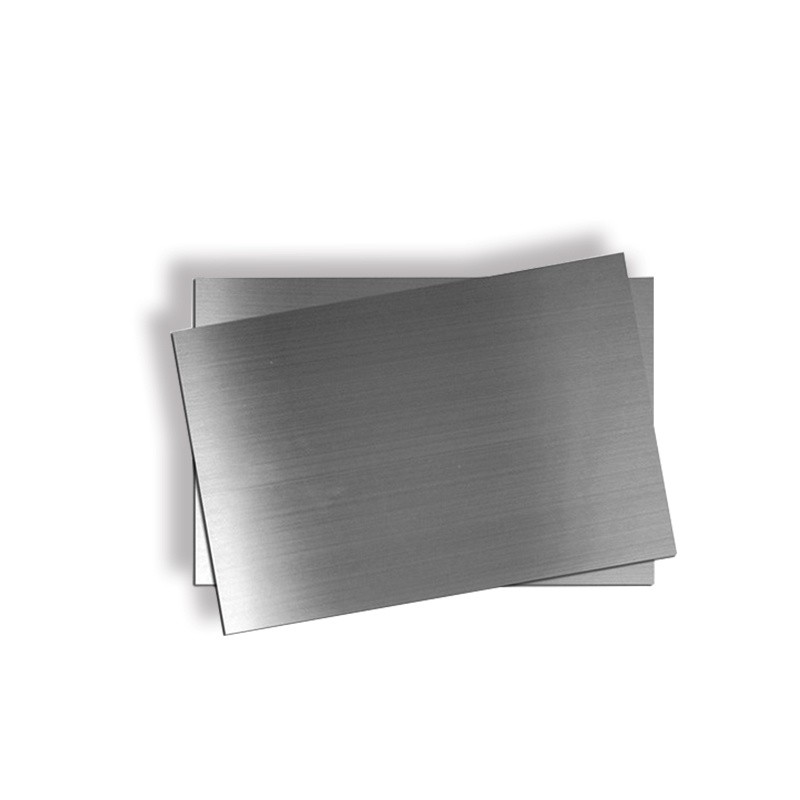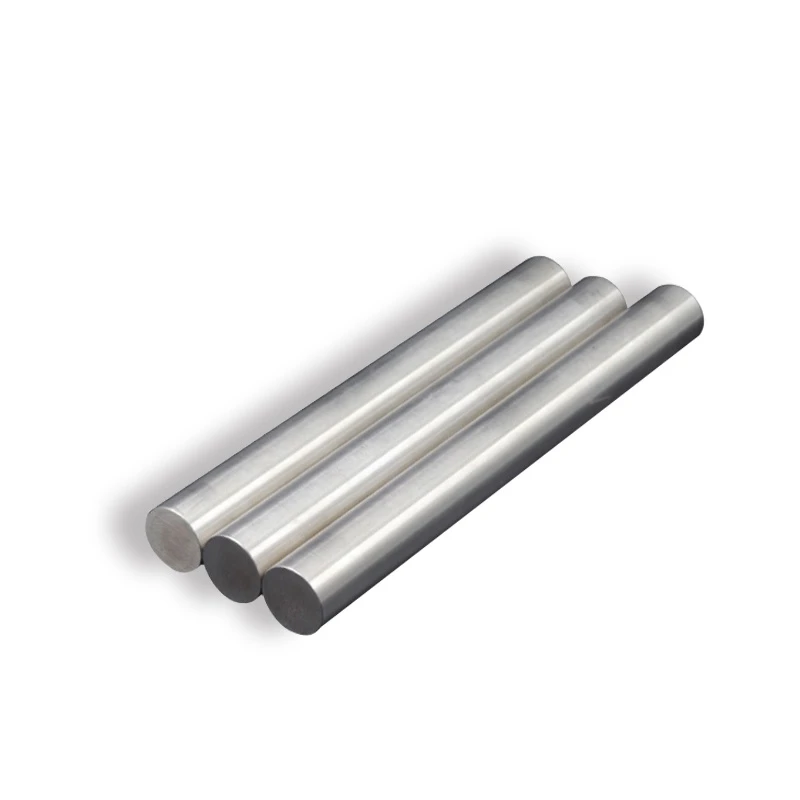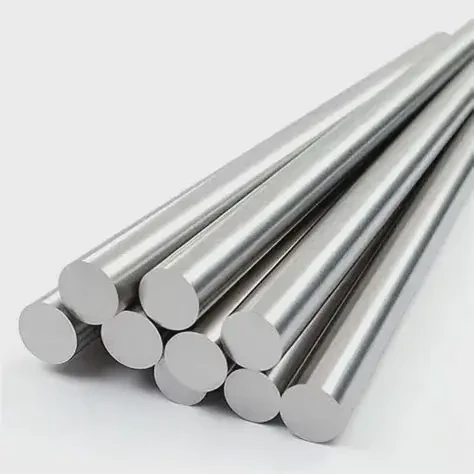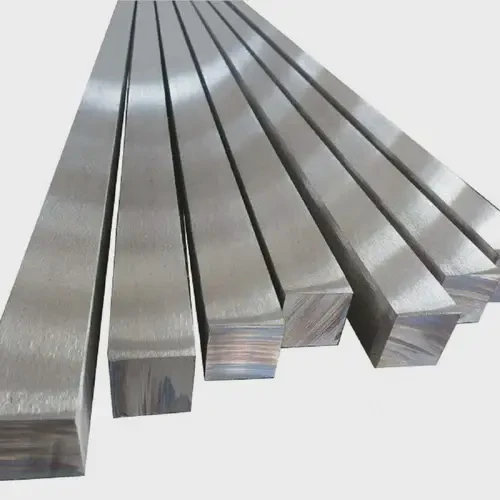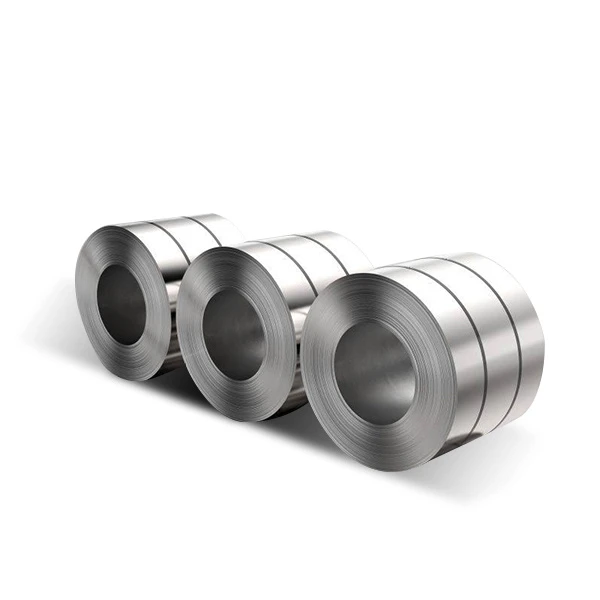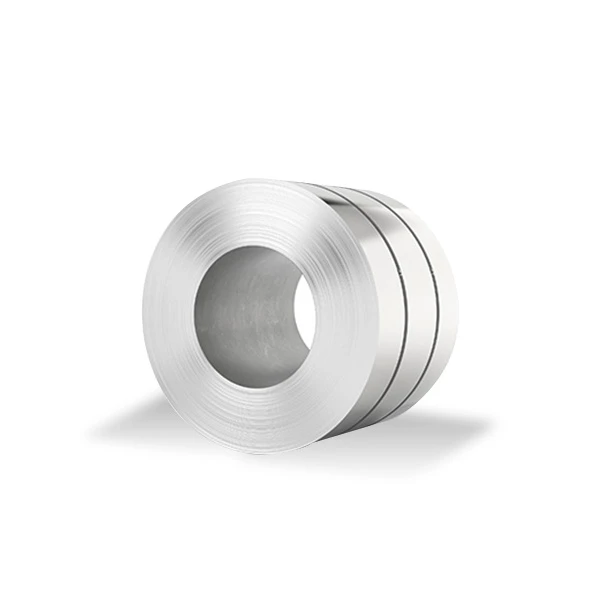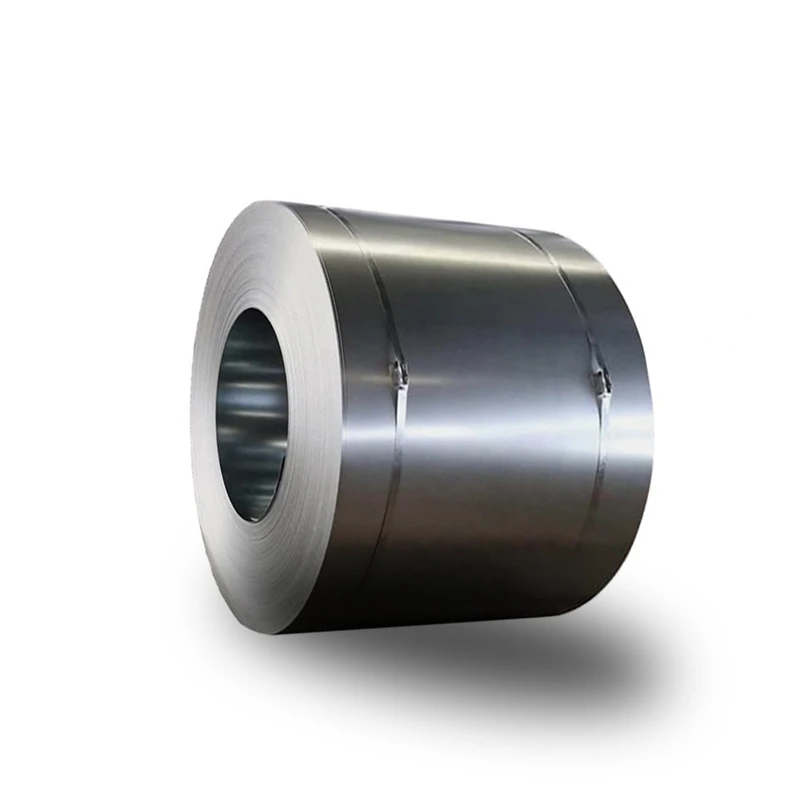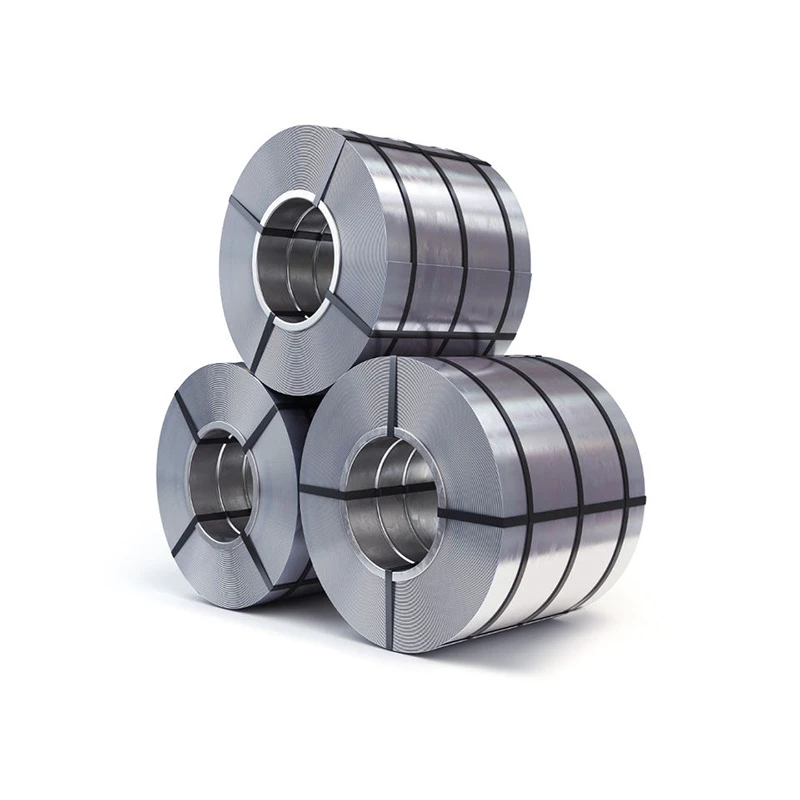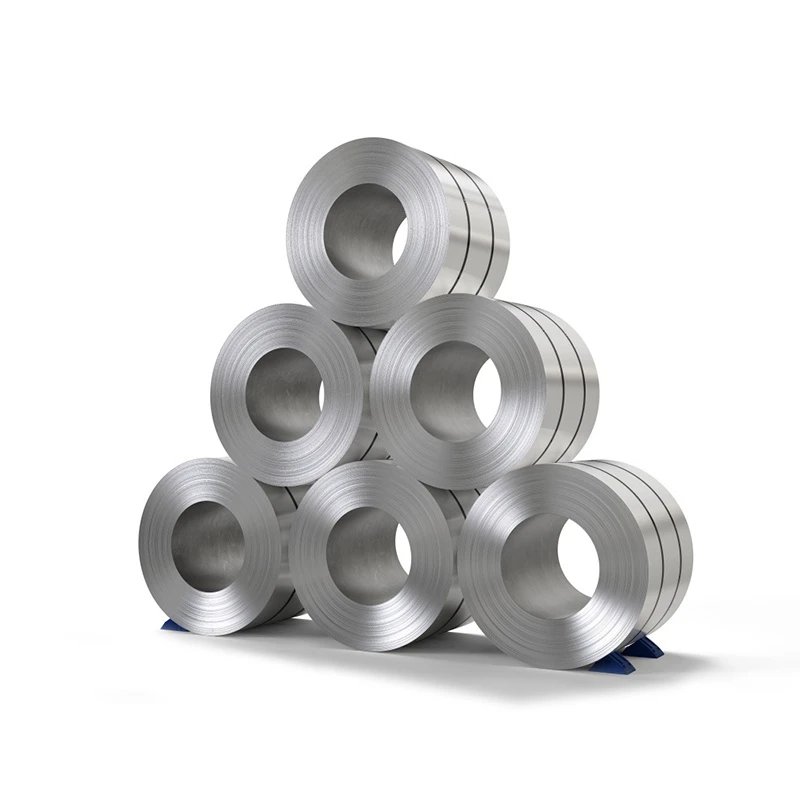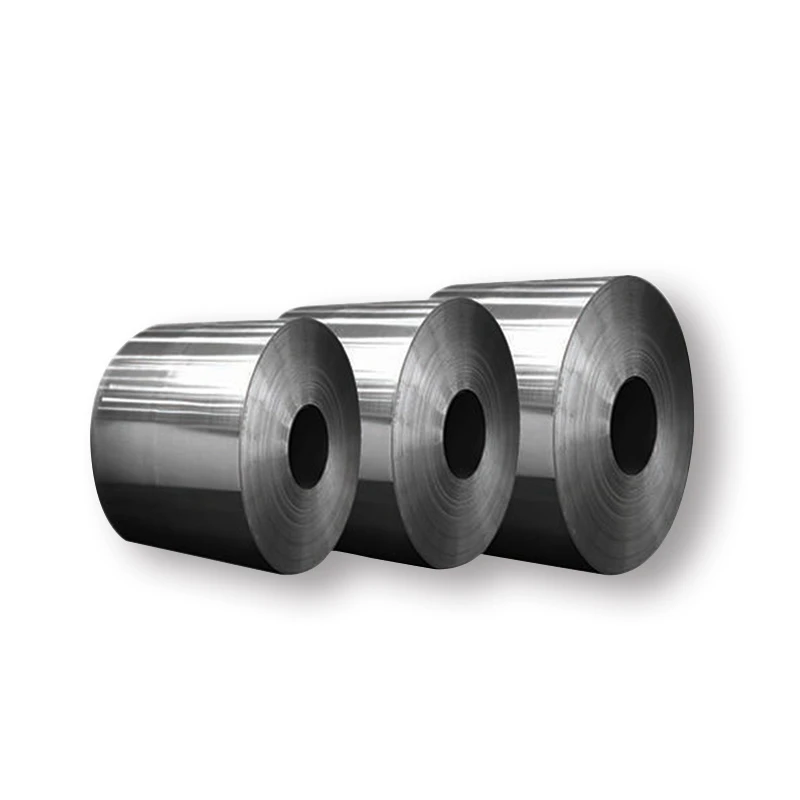
CATEGORIES
FEATURED PRODUCTS
904L Stainless Steel Plate
We offer this product and related grades with 100% factory direct pricing and free quotes available within 24 hours.
APPLICATION SCENARIOS

OUR ADVANTAGE

Certificate of Honor

PARTNER

Our Factory

What is 904L Stainless Steel? At its core, 904L (UNS N08904) is a non-stabilized, low-carbon, high-alloy austenitic stainless steel. It was initially developed to withstand environments containing dilute sulfuric acid. Its unique composition, which includes a significant percentage of chromium, nickel, molybdenum, and copper, grants it superior corrosion resistance compared to conventional austenitic stainless steels like 304L and 316L. This makes 904L an ideal choice for critical applications where high resistance to stress corrosion cracking, pitting, and general corrosion is paramount.
Unrivaled Performance: Properties of 904L Stainless Steel
We understand that when you choose a material, you need to be confident in its capabilities. That’s why we emphasize the outstanding properties of our ASTM 904L Stainless Steel Plate.
Corrosion Resistance
The most prominent feature of 904L is its superior corrosion resistance. The high nickel and molybdenum content, coupled with the addition of copper, provides excellent resistance to:
- Pitting and Crevice Corrosion: Its high Pitting Resistance Equivalent Number (PREN), typically above 35, signifies its strong resistance to localized corrosion, especially in chloride-containing environments.
- Stress Corrosion Cracking (SCC): The high nickel content significantly enhances its resistance to SCC, which can be a major issue for other stainless steels in hot chloride solutions.
- General Corrosion: It exhibits remarkable resistance to various acids, including sulfuric, phosphoric, and acetic acids, as well as seawater and brackish water.
- Intergranular Corrosion: The low carbon content in 904L minimizes the risk of intergranular corrosion, even after welding, eliminating the need for post-weld annealing in most cases.
Mechanical Properties
Beyond its corrosion resistance, 904L also possesses favorable mechanical properties that contribute to its versatility. While it is not designed for high-strength structural applications, its ductility, formability, and toughness are excellent.
- Ductility and Formability: The austenitic structure of 904L provides good ductility and formability, allowing for various fabrication processes such as bending, forming, and welding.
- Toughness: It maintains good toughness even at cryogenic temperatures, making it suitable for low-temperature applications.
- Weldability: 904L can be readily welded using common welding methods, though care must be taken to minimize heat input and use appropriate filler materials.
Heat Resistance
While 904L performs well in elevated temperatures, its primary advantage lies in its corrosion resistance rather than high-temperature strength. Continuous service temperatures typically range up to 400°C (750°F), above which carbide precipitation can occur, potentially affecting corrosion resistance.
Detailed Specifications: Dimensions and Parameters
We offer our ASTM 904L Stainless Steel Plate in a range of standard dimensions, ensuring we can meet the diverse needs of your projects. Custom sizes are also available upon request.
| Parameter | Standard Range |
| Thickness | 3mm – 100mm (0.118 in – 3.937 in) |
| Width | 1000mm – 2500mm (39.37 in – 98.43 in) |
| Length | 2000mm – 6000mm (78.74 in – 236.22 in) |
| Surface Finish | 2B, BA, No.1, Mirror, Hairline, Sandblasted |
| Edge Condition | Mill Edge, Slit Edge |
| Standard | ASTM A240/A240M, ASTM B625, EN 10028-7 |
Please note: Specific dimensions may vary based on manufacturing capabilities and market demand. Please contact us for current stock and custom orders.
Chemical Composition of 904L Stainless Steel
The precise chemical composition of 904L is what gives it its unique and superior properties. We adhere strictly to ASTM standards to ensure the highest quality and performance of our plates.
| Element | Weight Percentage (%) |
| Carbon (C) | ≤0.020 |
| Silicon (Si) | ≤1.00 |
| Manganese (Mn) | ≤2.00 |
| Phosphorus (P) | ≤0.045 |
| Sulfur (S) | ≤0.035 |
| Chromium (Cr) | 19.0 – 23.0 |
| Nickel (Ni) | 23.0 – 28.0 |
| Molybdenum (Mo) | 4.0 – 5.0 |
| Copper (Cu) | 1.0 – 2.0 |
| Nitrogen (N) | ≤0.10 |
904L vs. Other Stainless Steel Grades: A Comparison
Understanding how 904L stacks up against other common stainless steel grades is crucial for making informed material selection decisions. We often get asked about the differences, and here’s how 904L distinguishes itself:
| Feature | 904L | 316L | 304L |
| Corrosion Resistance | Excellent (especially to pitting, SCC, acids) | Good (moderate pitting resistance, general corrosion) | Moderate (prone to pitting in chlorides, acids) |
| Nickel Content | High (23-28%) | Moderate (10-14%) | Low (8-12%) |
| Molybdenum Content | High (4-5%) | Moderate (2-3%) | None |
| Copper Addition | Yes (1-2%) – Enhances sulfuric acid resistance | No | No |
| PREN Value | High (typically >35) | Moderate (typically 25-30) | Low (typically 18-20) |
| Cost | High | Moderate | Low |
| Typical Applications | Sulfuric acid plants, chemical processing, pharmaceutical, seawater | Food processing, marine, general chemical | Kitchen sinks, architectural trim, general purpose |
As you can see, the higher alloy content in 904L, particularly nickel, molybdenum, and copper, provides a significant leap in corrosion resistance, justifying its higher cost for demanding applications.
Industries That Rely on 904L Stainless Steel
The exceptional properties of our ASTM 904L Stainless Steel Plate make it an indispensable material across a wide array of industries where resistance to highly corrosive environments is non-negotiable.
| Industry | Typical Applications |
| Chemical Processing | Sulfuric acid production and storage, phosphoric acid production, acetic acid processing, chemical tankers, heat exchangers |
| Pharmaceutical | Production equipment, piping systems, storage tanks due to its cleanliness and corrosion resistance |
| Oil & Gas | Offshore platforms, pipelines for acidic gas streams, heat exchangers in sour gas applications, desulfurization units |
| Power Generation | Flue gas desulfurization (FGD) systems in power plants, cooling water systems |
| Marine & Offshore | Seawater cooling systems, desalination plants, subsea equipment, components exposed to brackish water |
| Pulp & Paper | Bleaching equipment, digesters, heat exchangers in aggressive chemical environments |
| Food & Beverage | Equipment for processing highly acidic foods, brewing, and vinegar production |
Global Price Comparison: ASTM 904L Stainless Steel Plate
The price of ASTM 904L Stainless Steel Plate can vary significantly based on several factors, including global market demand, raw material costs (especially nickel and molybdenum), production volume, and supplier location. While we strive to offer competitive pricing, we prioritize quality and consistent supply. The figures below are illustrative and subject to change; please contact us for the most accurate and current quotes.
| Region / Factor | Price Range (USD per Metric Ton) – Illustrative | Notes |
| Asia | $8,000 – $12,000 | Often competitive pricing due to higher production volumes, but freight costs can add up for international buyers. |
| Europe | $9,500 – $13,500 | High-quality manufacturers, sometimes with slightly higher prices due to labor and environmental standards. |
| North America | $10,000 – $14,000 | Prices can be influenced by local supply, demand, and trade policies. |
| Raw Material Cost (Nickel) | Significant Impact | As nickel is a major component, its market price heavily influences 904L costs. |
| Order Volume | Discounts for Bulk | Larger orders typically qualify for better per-unit pricing. |
| Lead Time | Immediate vs. Custom | Faster delivery for in-stock items, custom orders may incur a premium or longer lead times. |
Disclaimer: These prices are estimates and should not be considered as definitive quotes. For precise pricing and availability, please reach out to our sales team.
Frequently Asked Questions (FAQs)
We’ve compiled some of the most common questions we receive about our ASTM 904L Stainless Steel Plate to provide quick and clear answers.
Q1: Can 904L Stainless Steel be welded easily?
A1: Yes, 904L can be welded using common welding methods such as TIG (GTAW), MIG (GMAW), and shielded metal arc welding (SMAW). However, to maintain optimal corrosion resistance, it’s crucial to use low heat input and appropriate filler metals that match the composition of 904L (e.g., AWS ER385). Post-weld heat treatment is generally not required due to its low carbon content.
Q2: Is 904L suitable for high-temperature applications?
A2: While 904L offers good heat resistance compared to some lower-grade stainless steels, its primary advantage lies in its corrosion resistance. For continuous service, temperatures should ideally not exceed 400°C (750°F) to avoid the risk of carbide precipitation, which can compromise its corrosion properties. For applications requiring extreme high-temperature strength, other alloys like high-nickel alloys or superalloys might be more suitable.
Q3: What is the main difference between 904L and 316L stainless steel?
A3: The main difference lies in their alloy content and resulting corrosion resistance. 904L has significantly higher nickel (23-28% vs. 10-14%), molybdenum (4-5% vs. 2-3%), and the addition of copper (1-2%), which 316L lacks. This composition gives 904L far superior resistance to pitting, crevice corrosion, and stress corrosion cracking, especially in aggressive acidic and chloride-containing environments where 316L may not suffice.
Q4: Why is 904L more expensive than other stainless steels?
A4: The higher cost of 904L is directly attributed to its rich alloy content, particularly the high percentages of nickel and molybdenum, which are relatively expensive raw materials. The specialized manufacturing processes required for such high-alloy steels also contribute to the overall cost. While more expensive upfront, its extended service life and reduced maintenance in corrosive environments often result in lower lifetime costs.
Q5: Can 904L be used in seawater applications?
A5: Absolutely. 904L is highly resistant to corrosion in seawater and brackish water environments. Its high molybdenum content and the addition of copper significantly improve its resistance to pitting and crevice corrosion, which are common issues for other stainless steels in marine applications. This makes it an excellent choice for seawater cooling systems, desalination plants, and offshore equipment.







